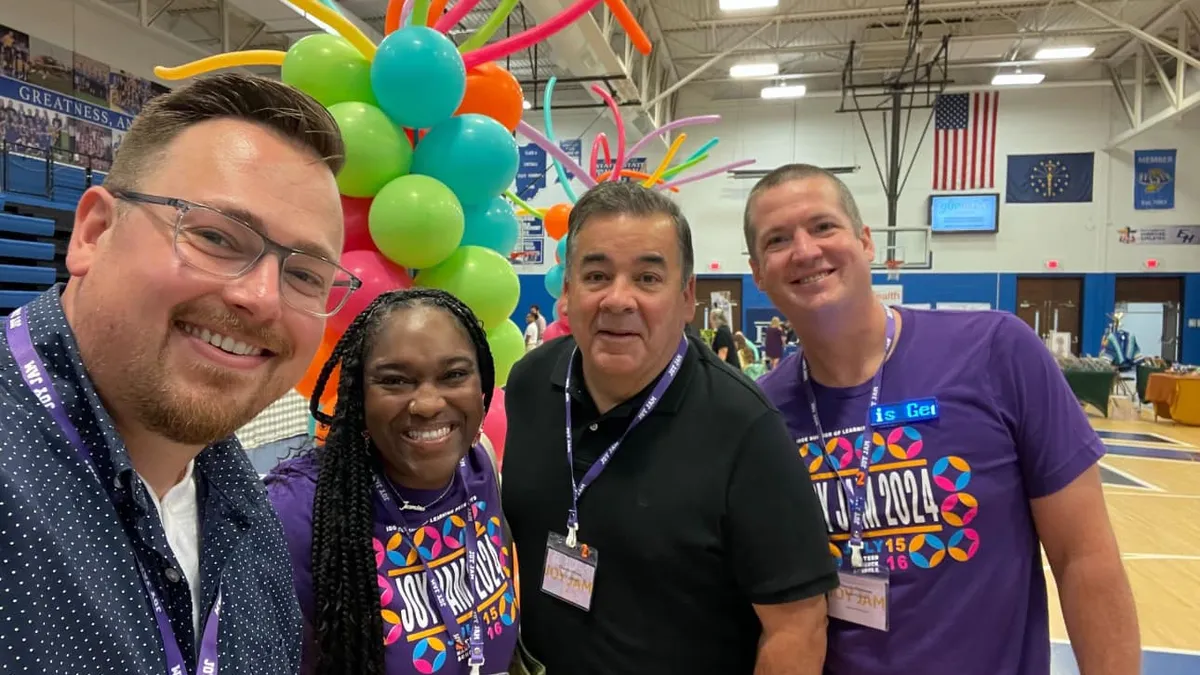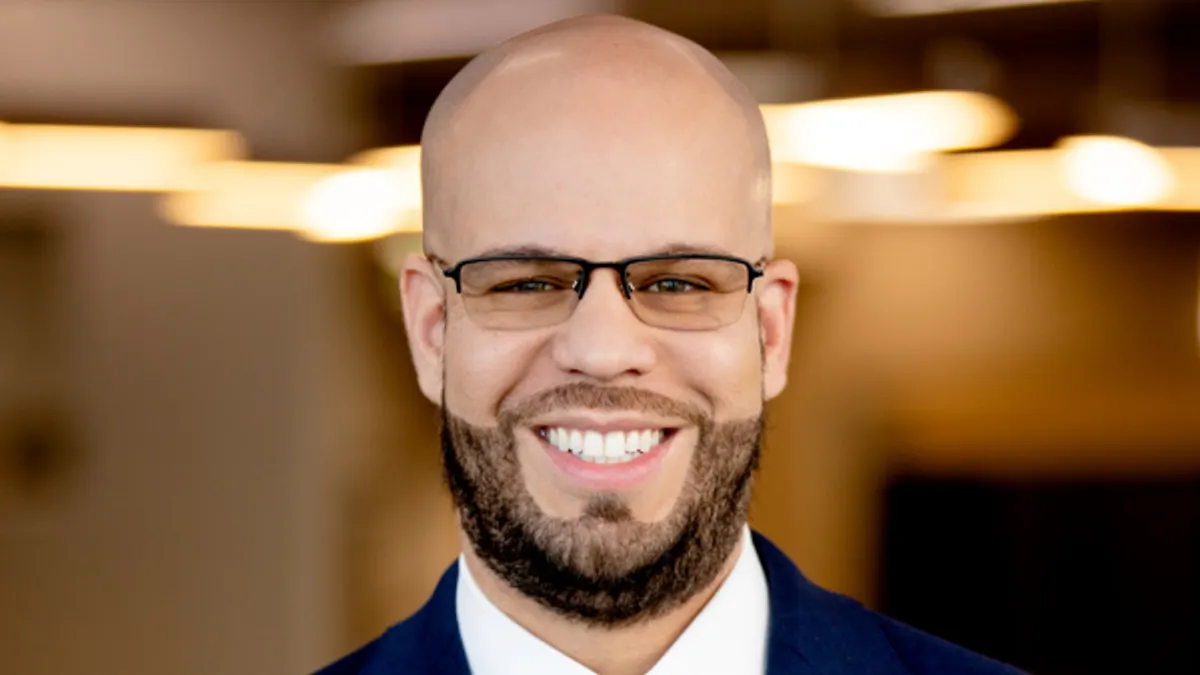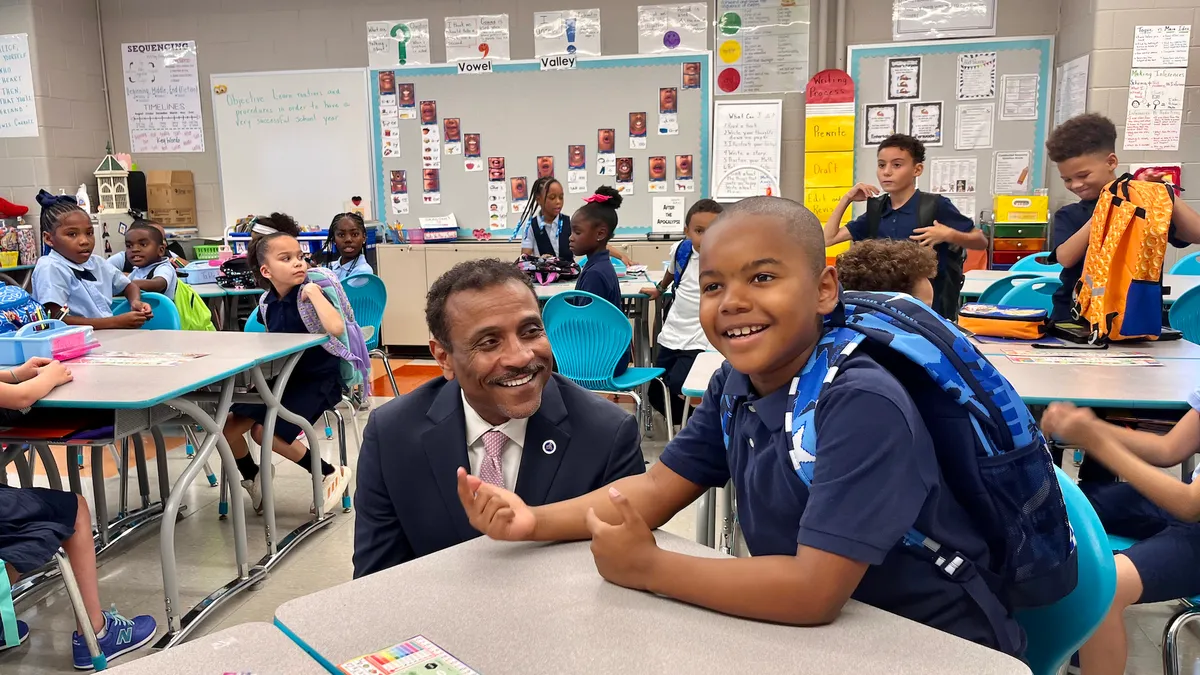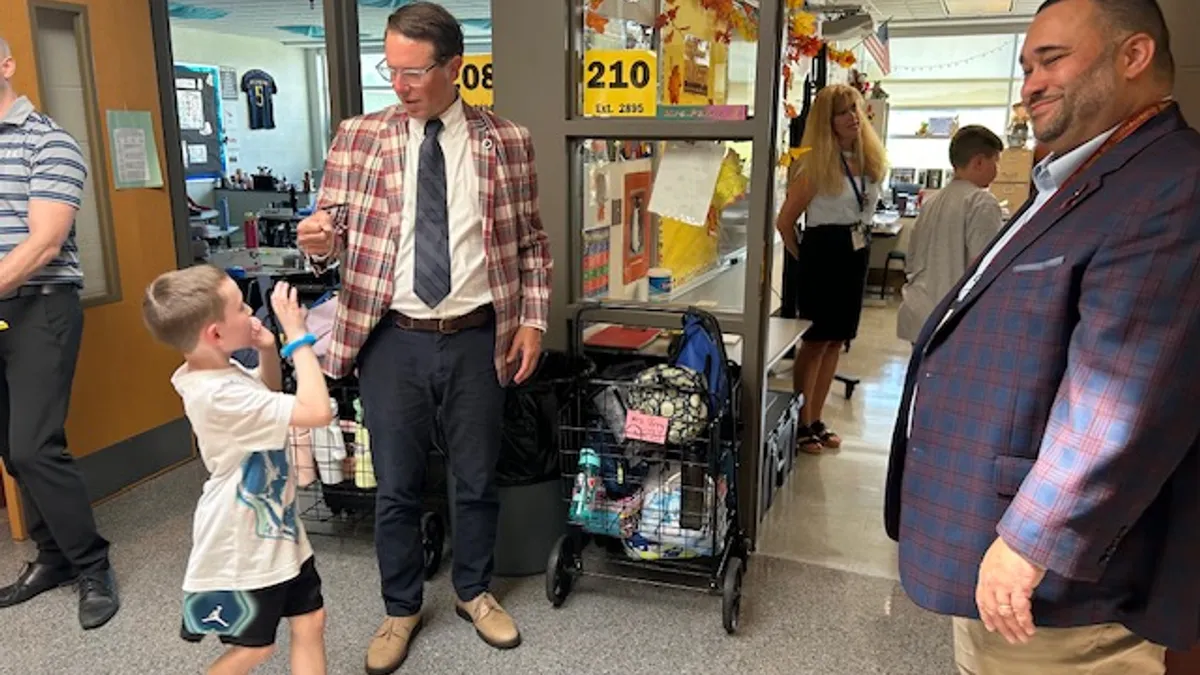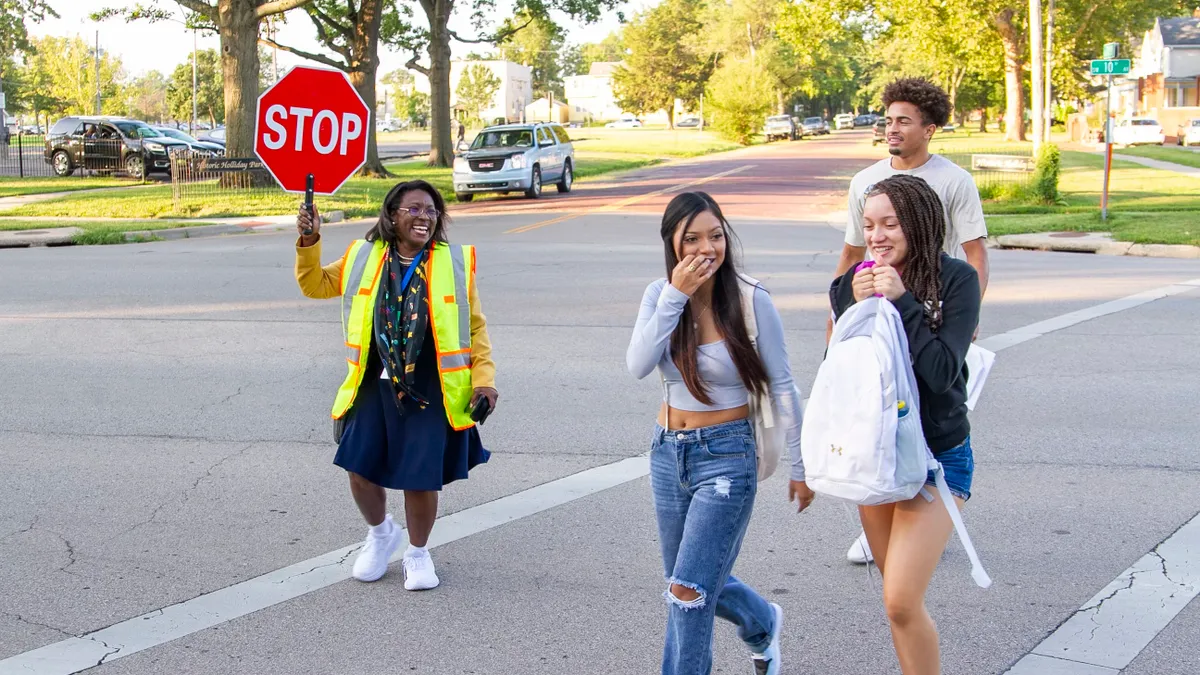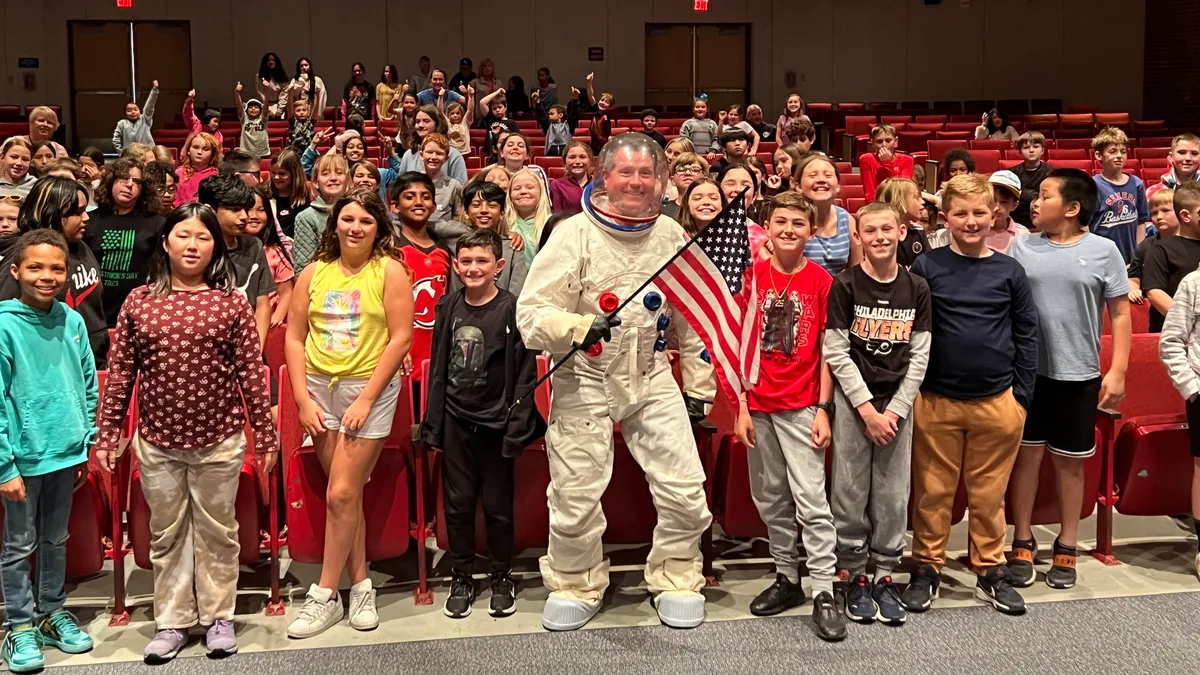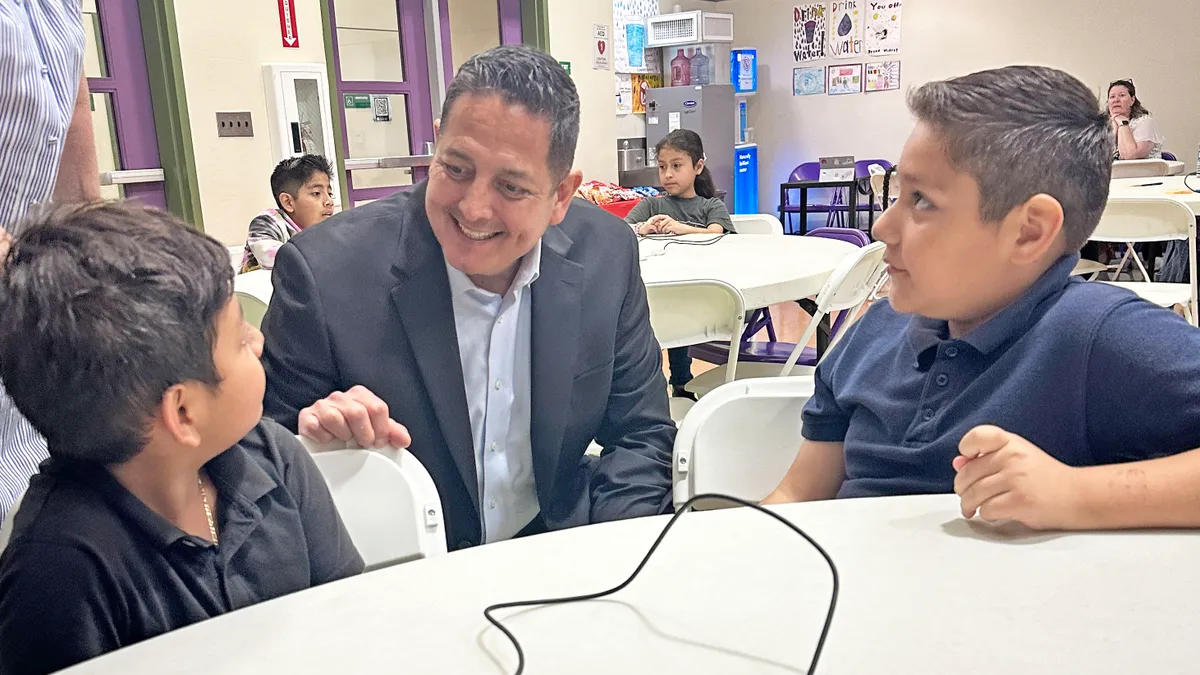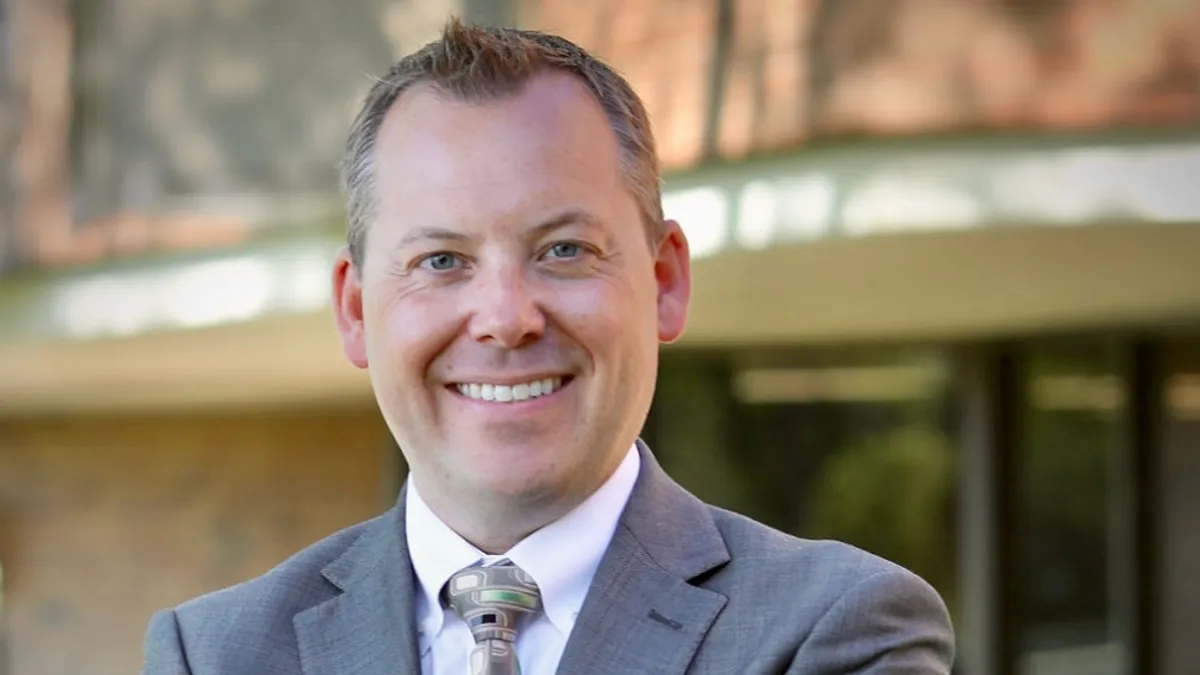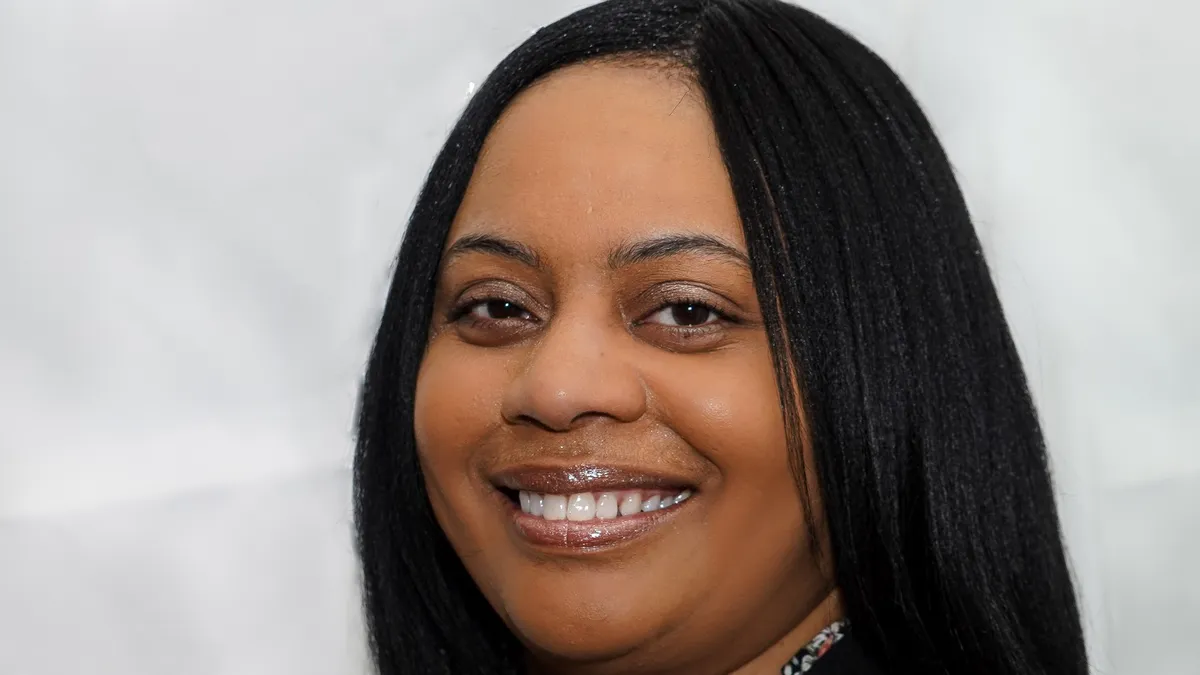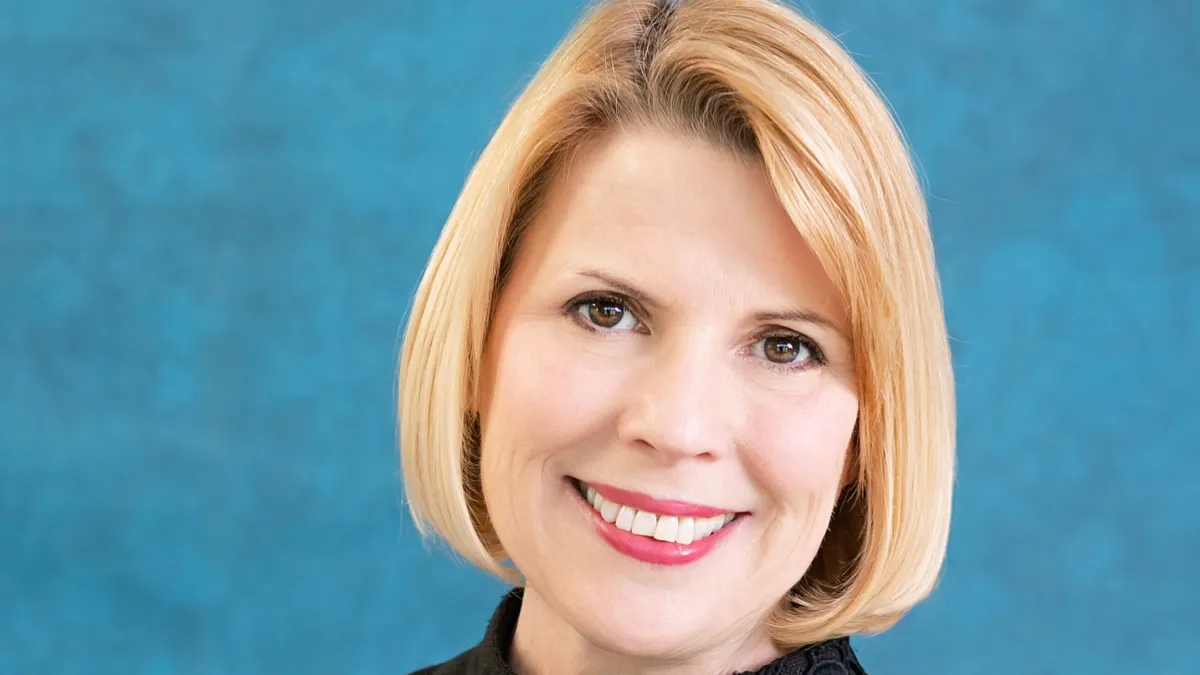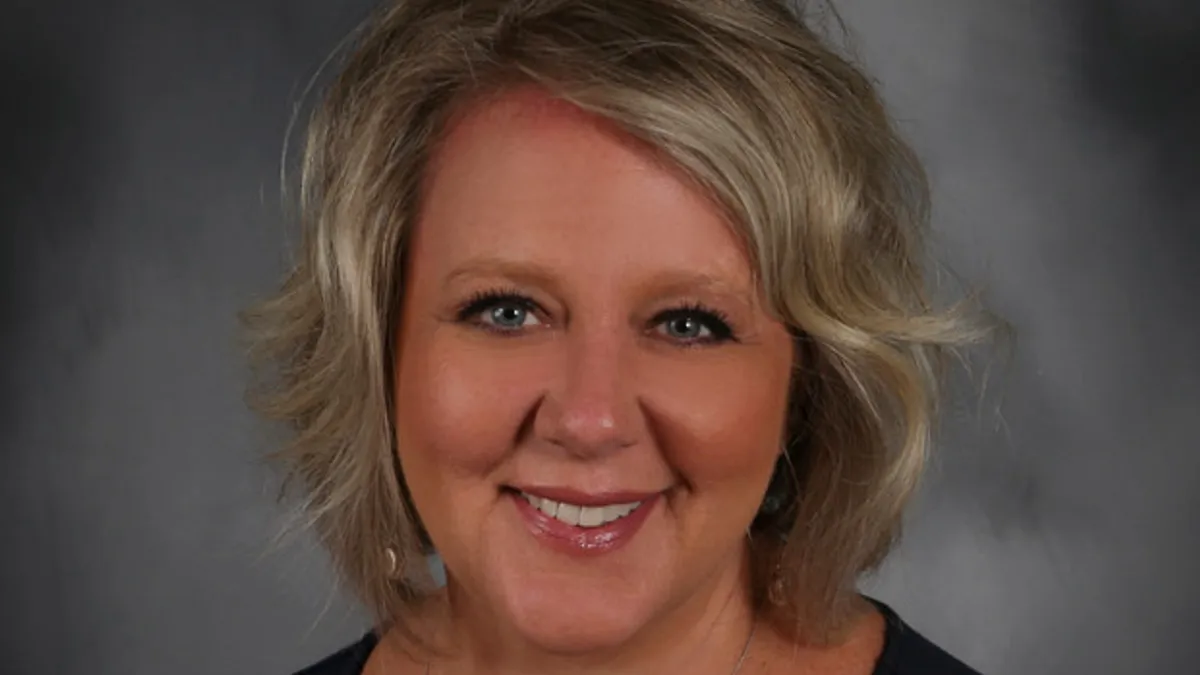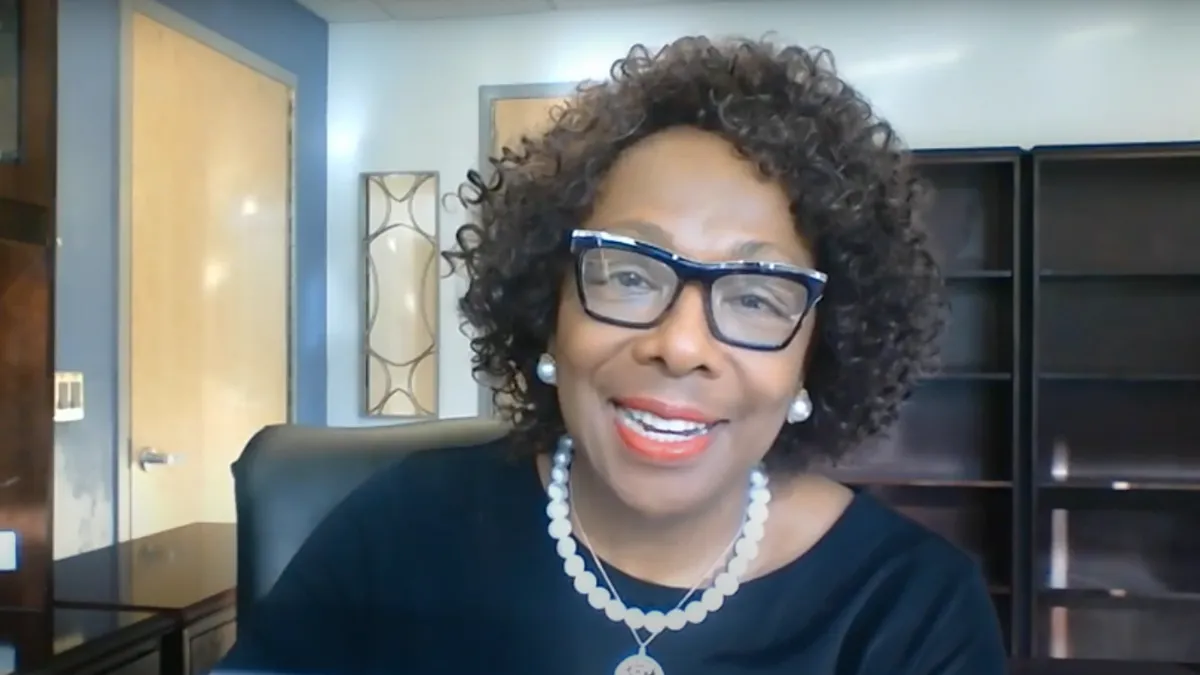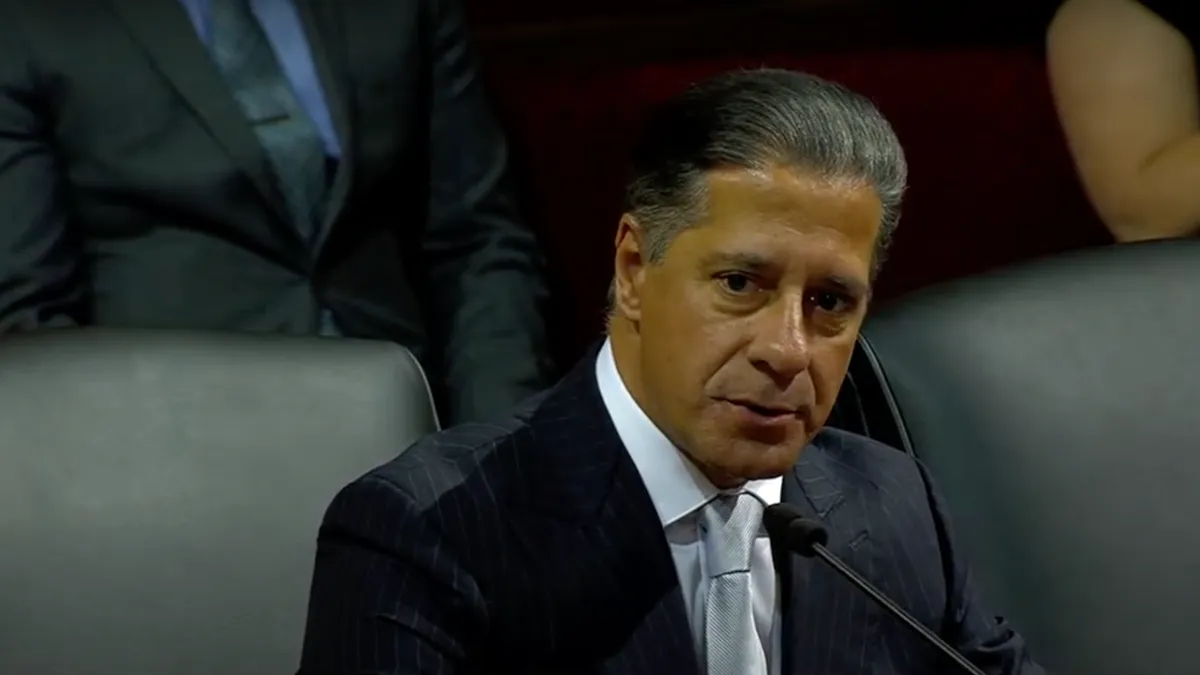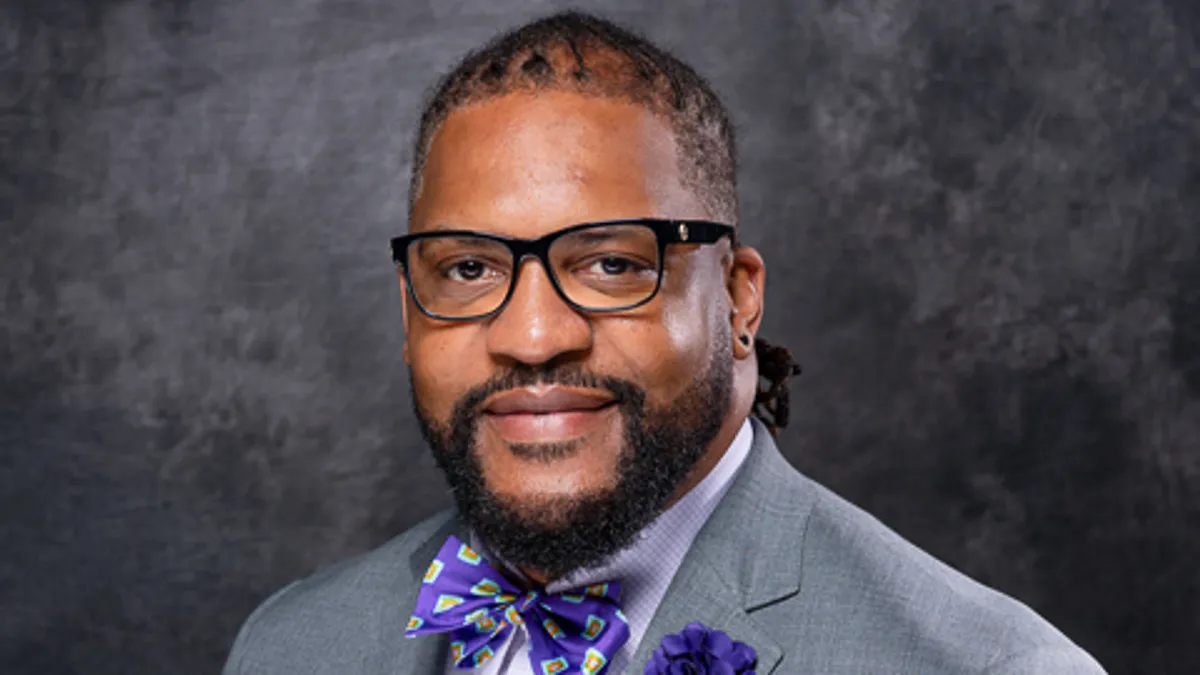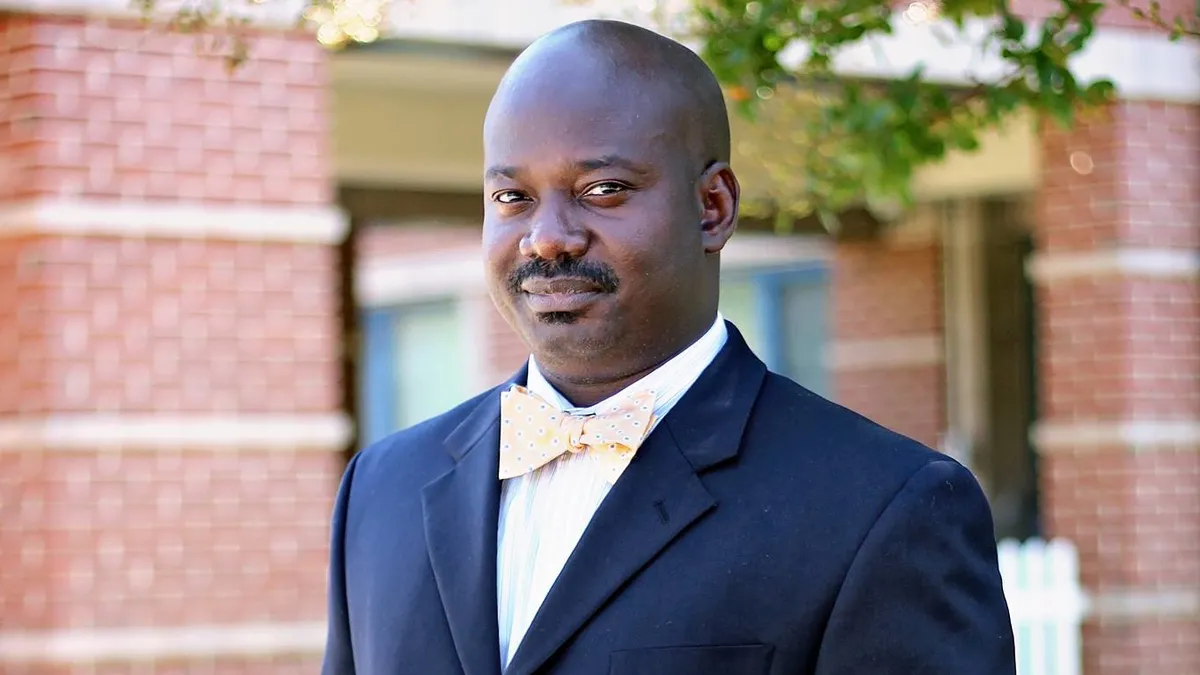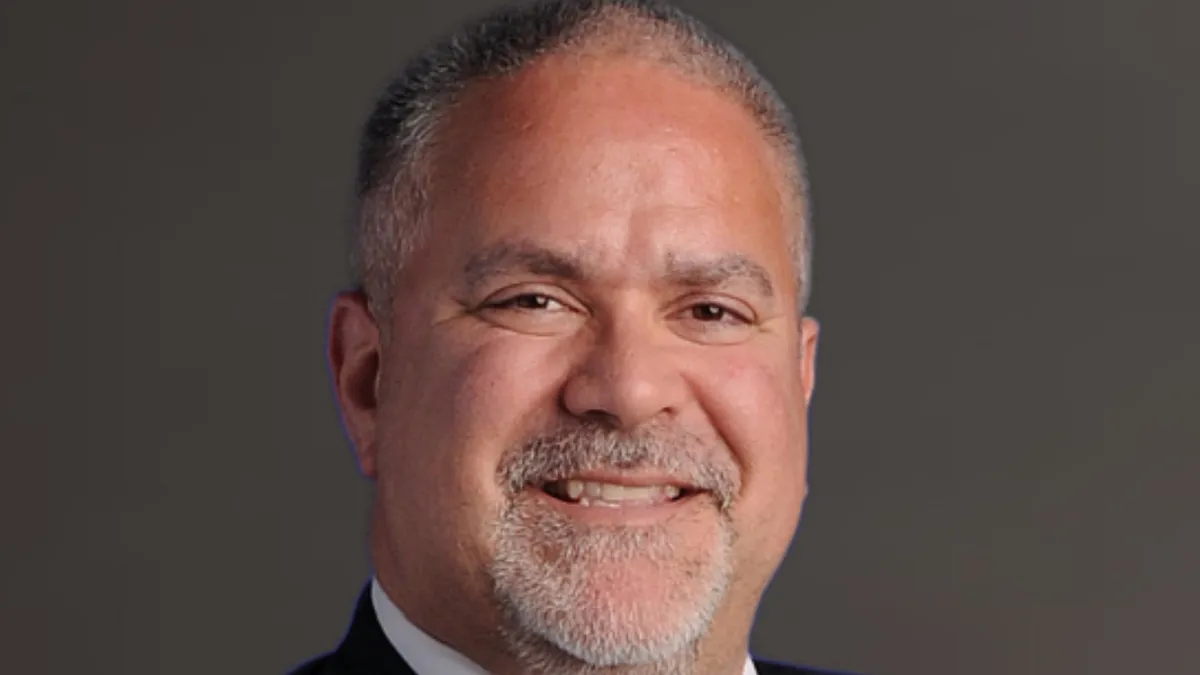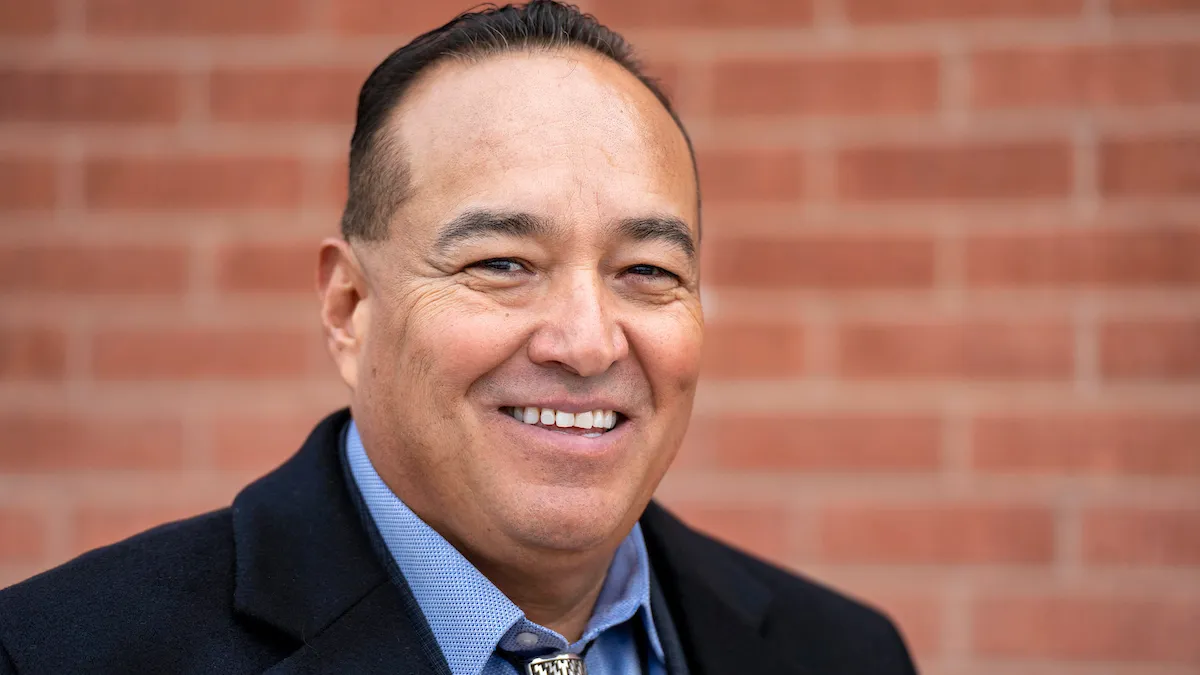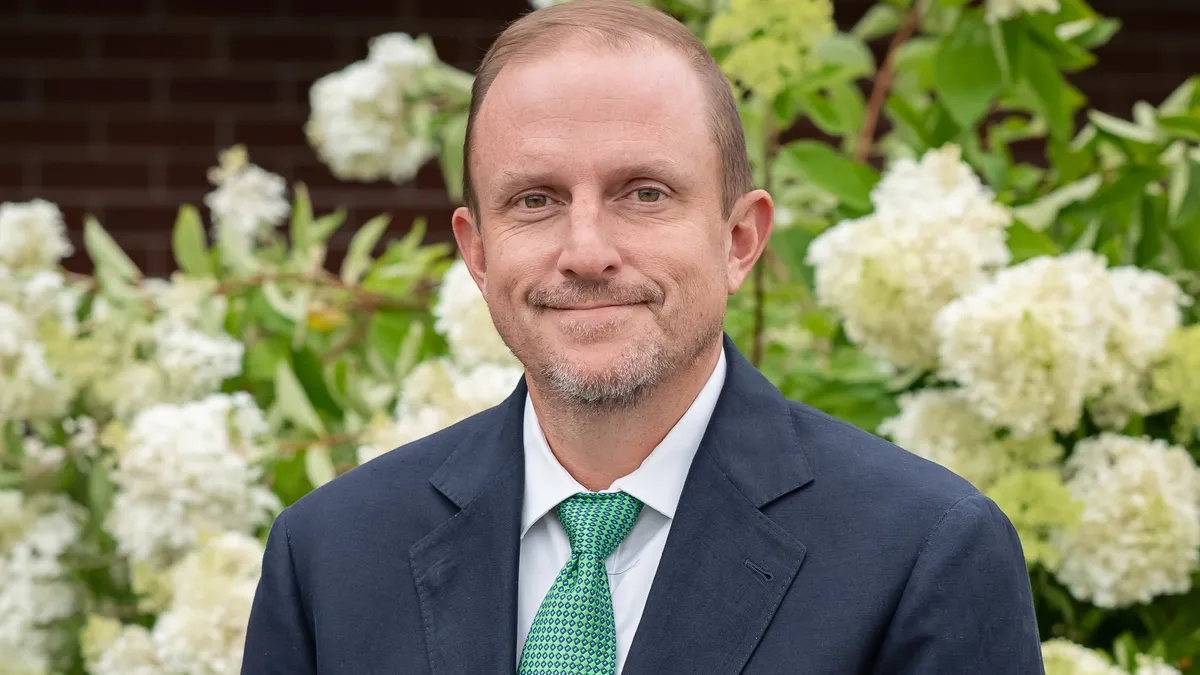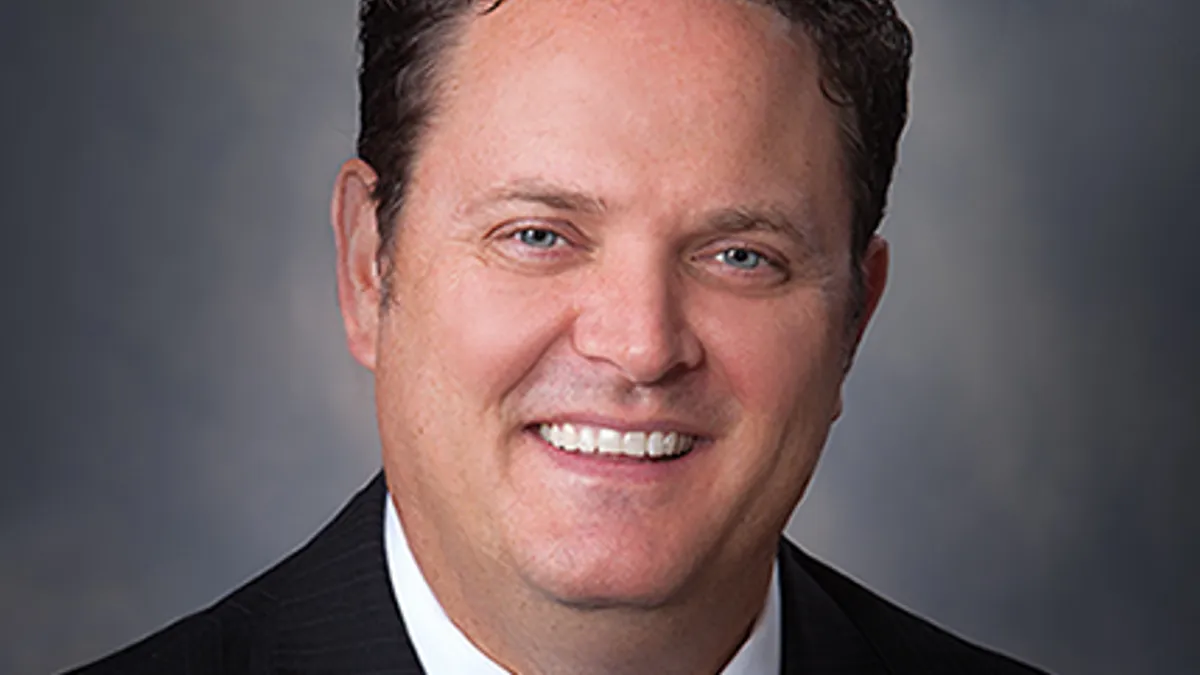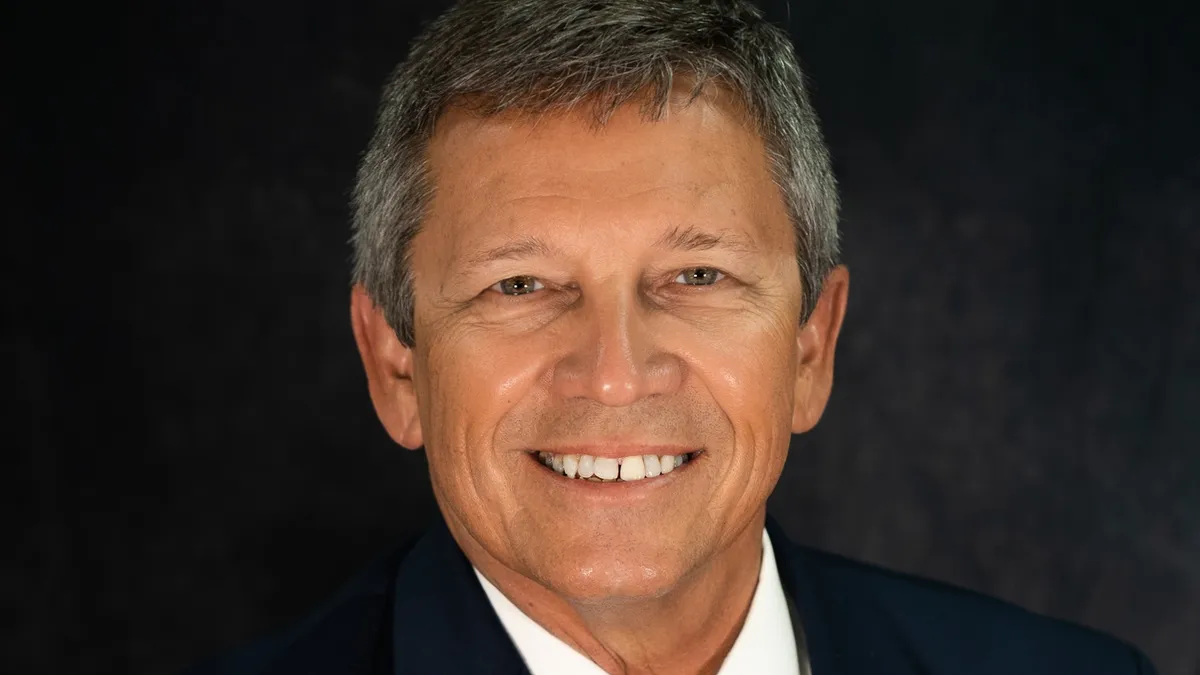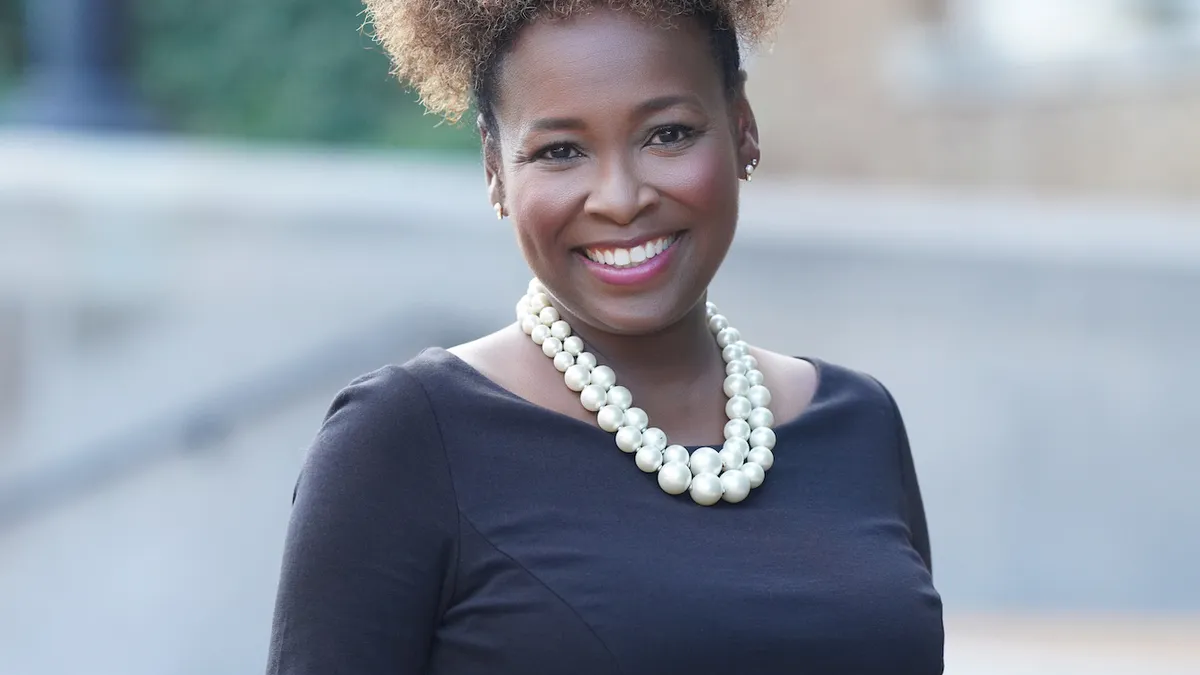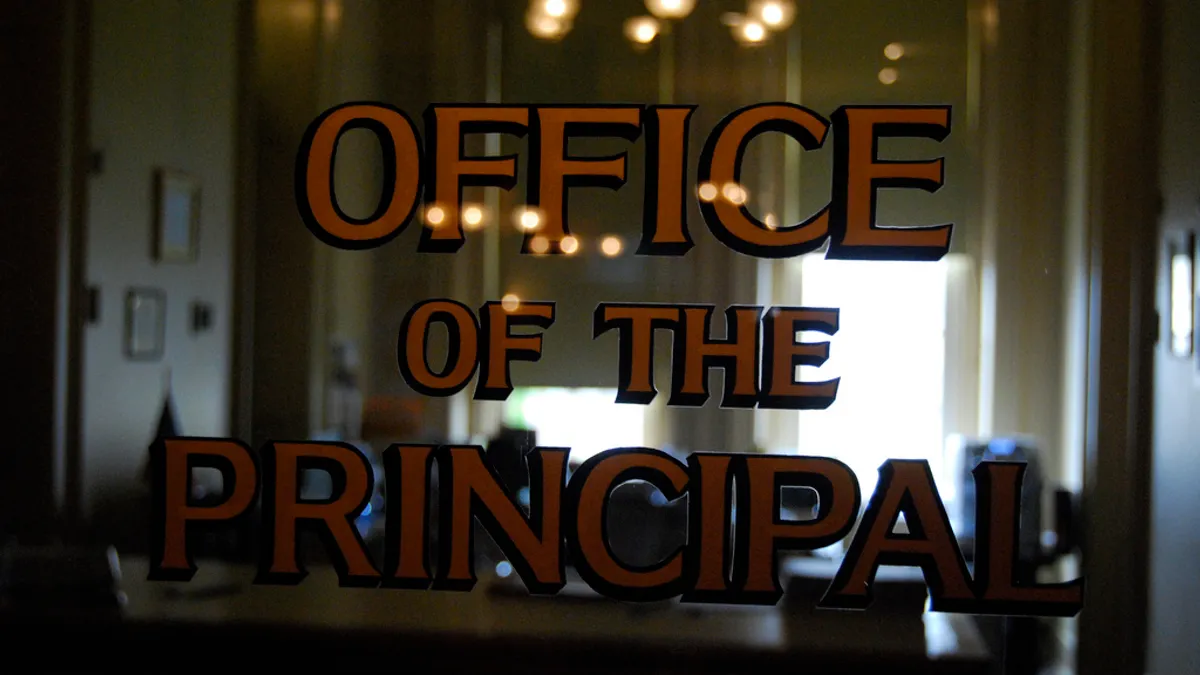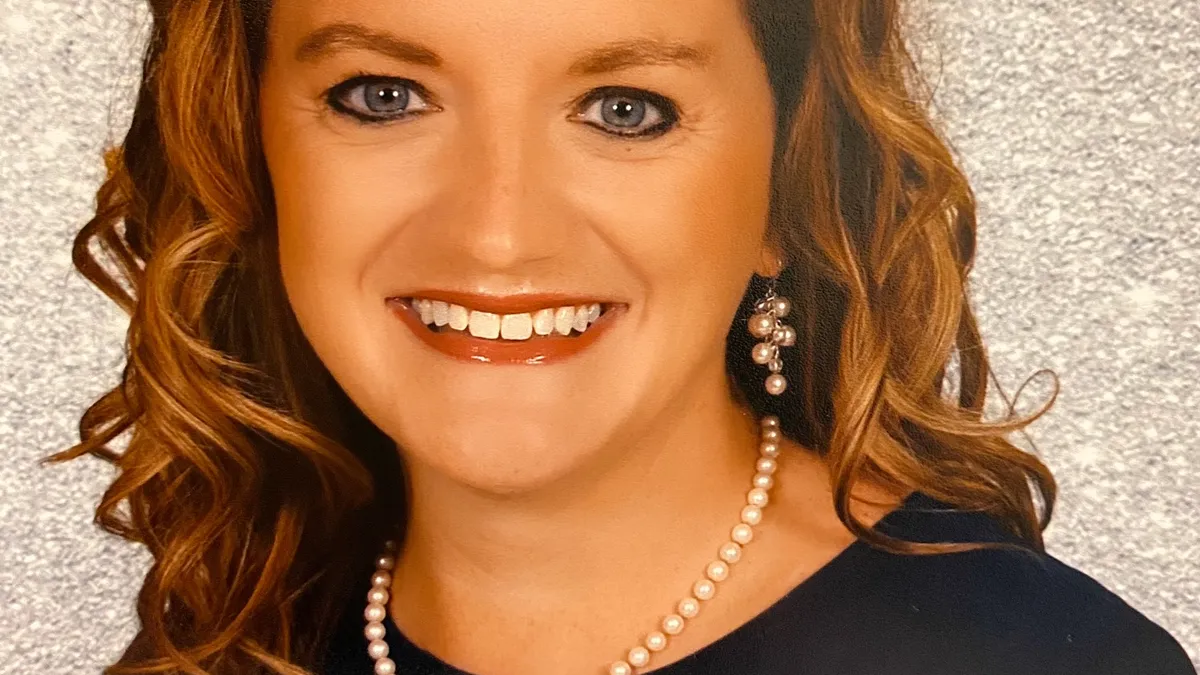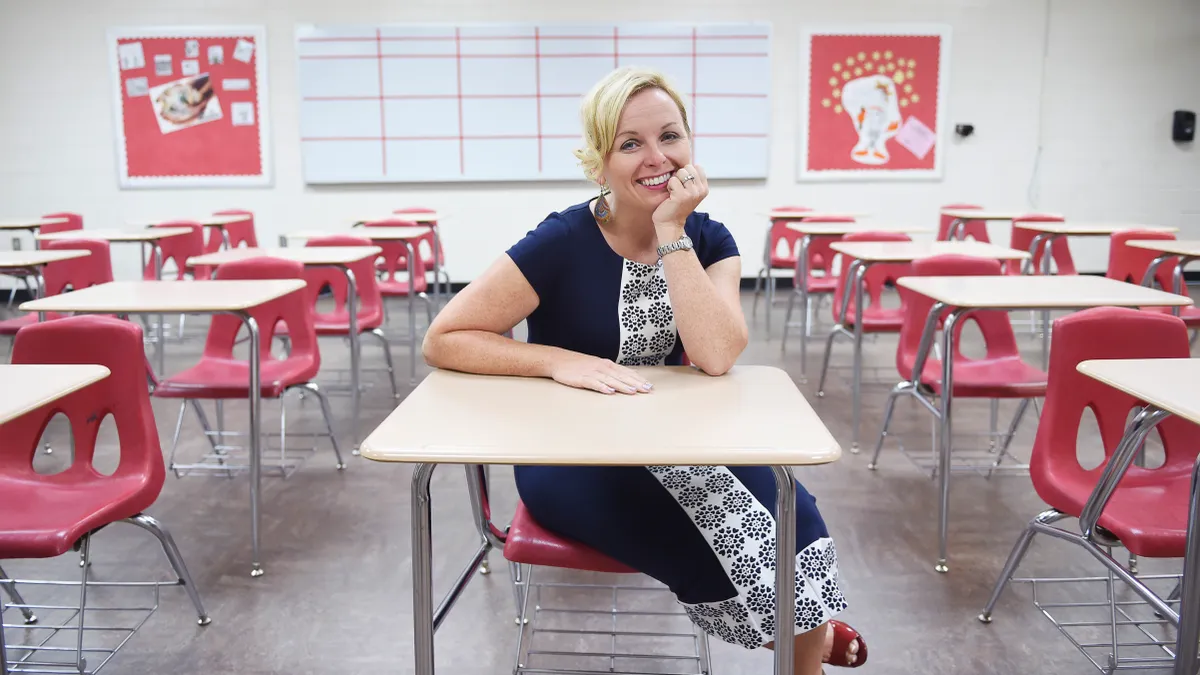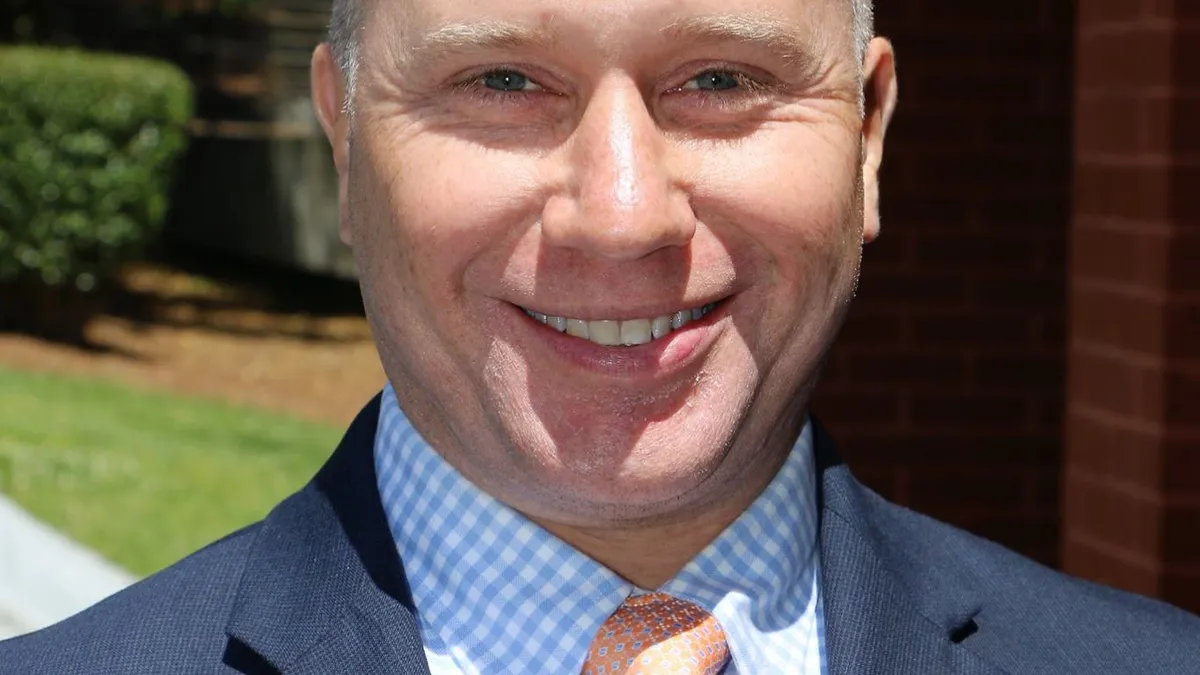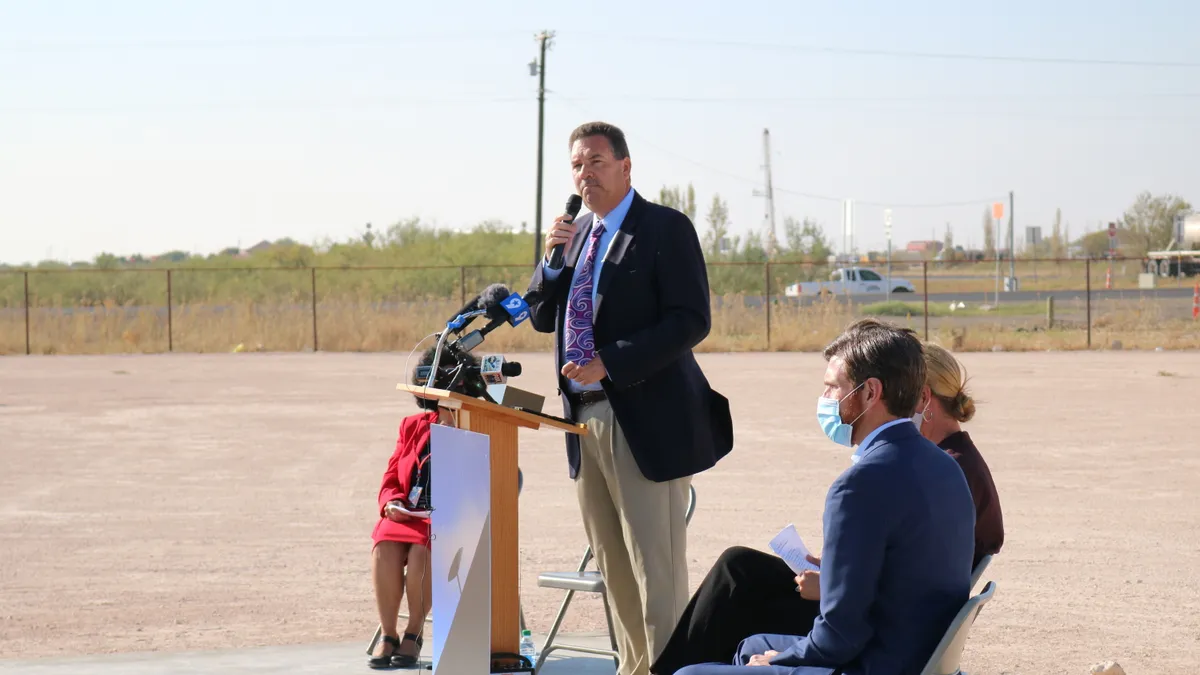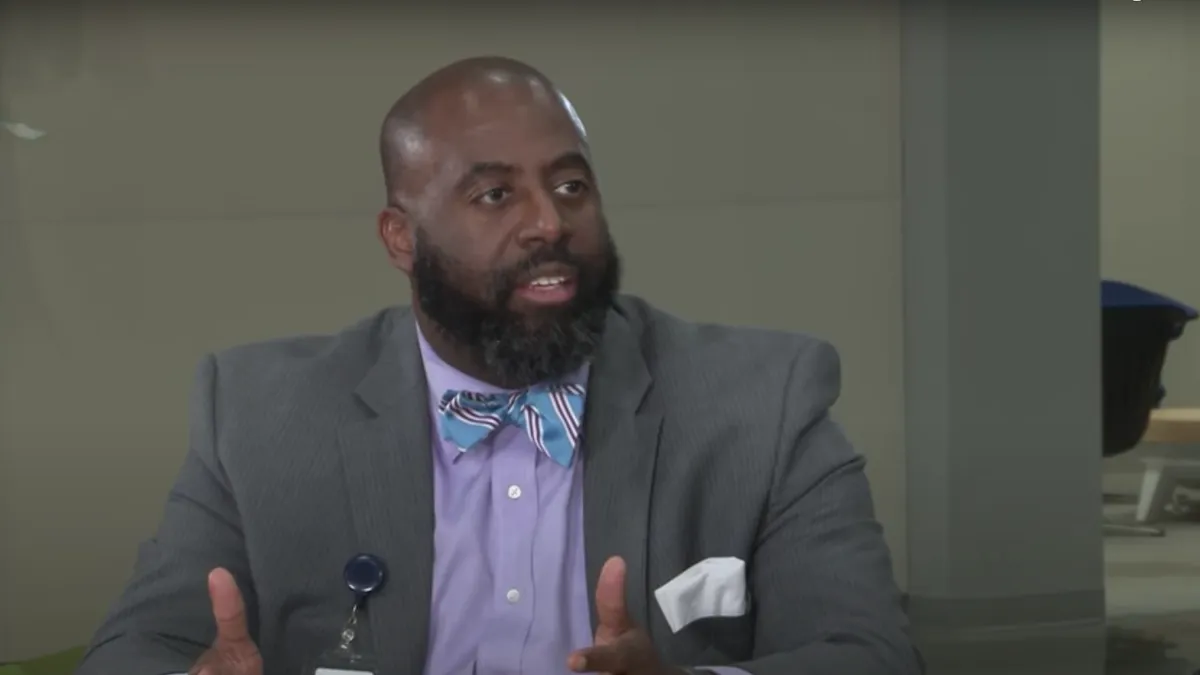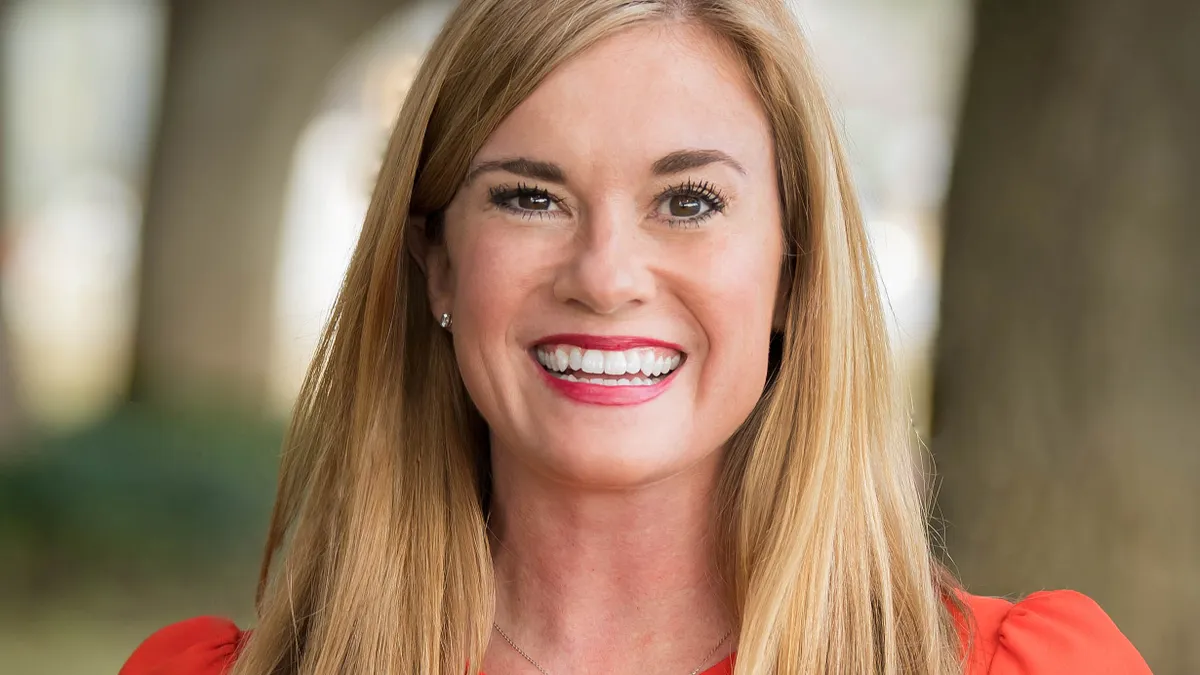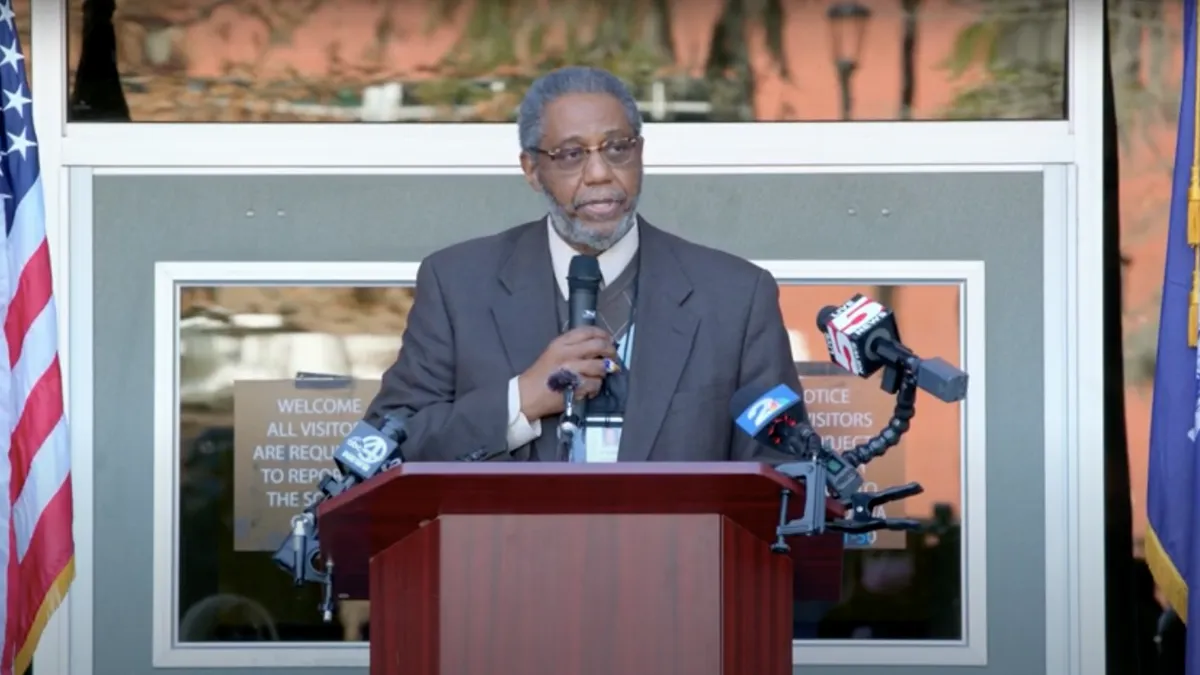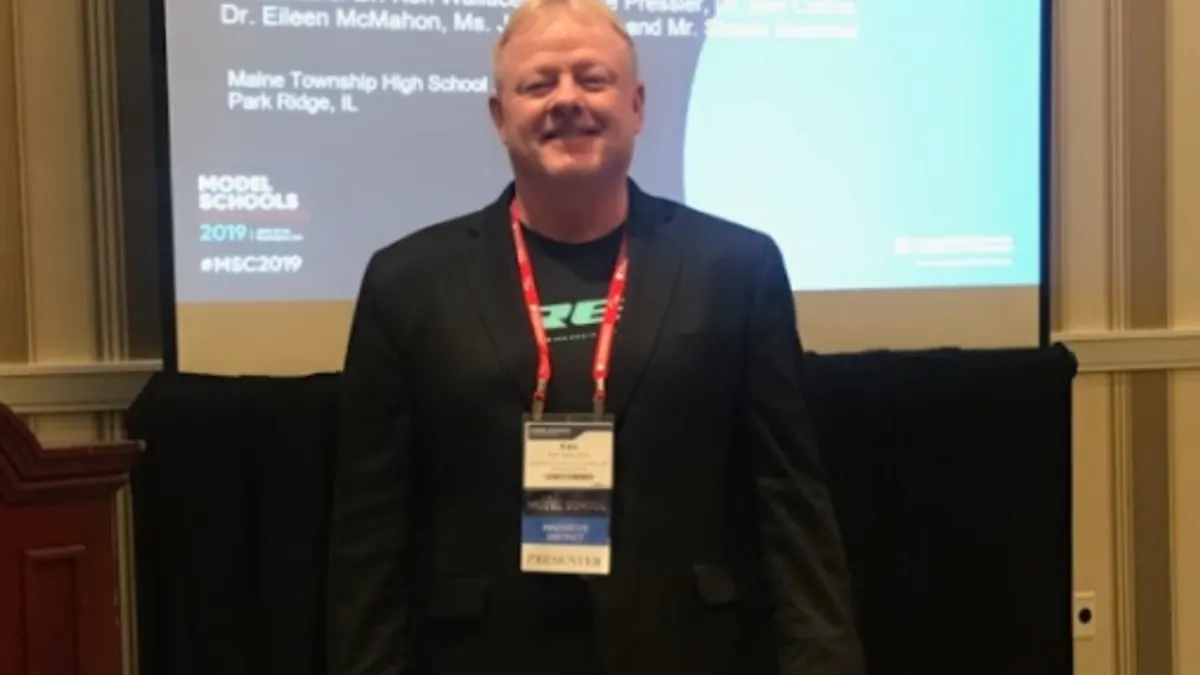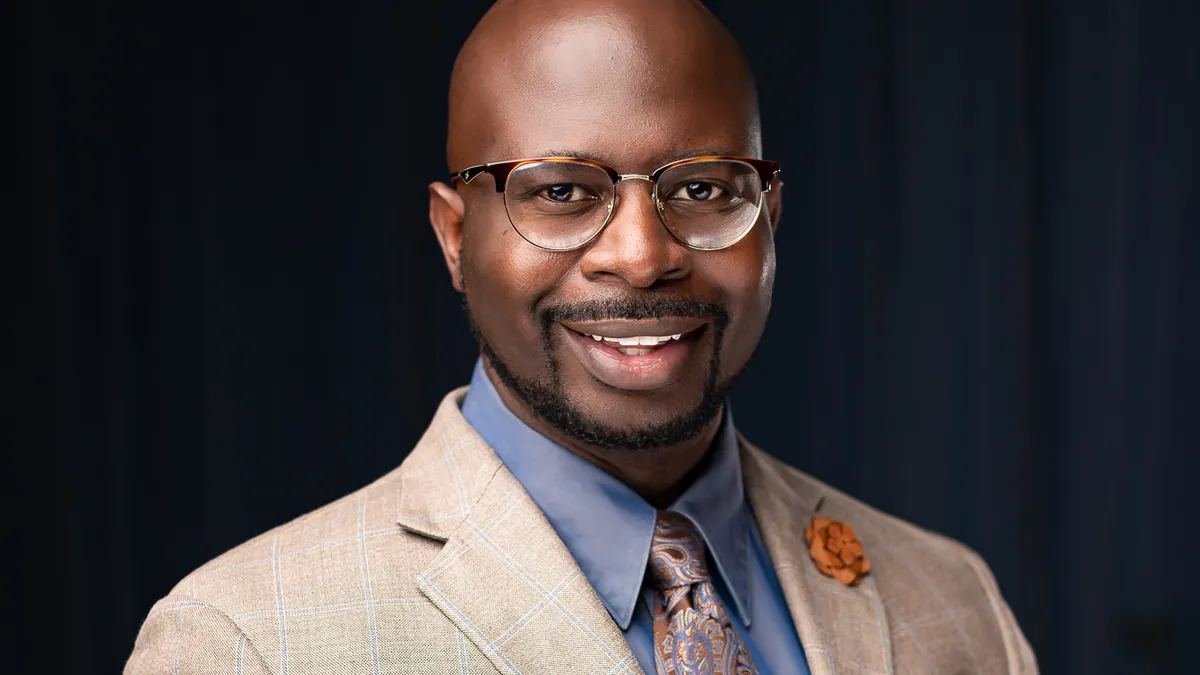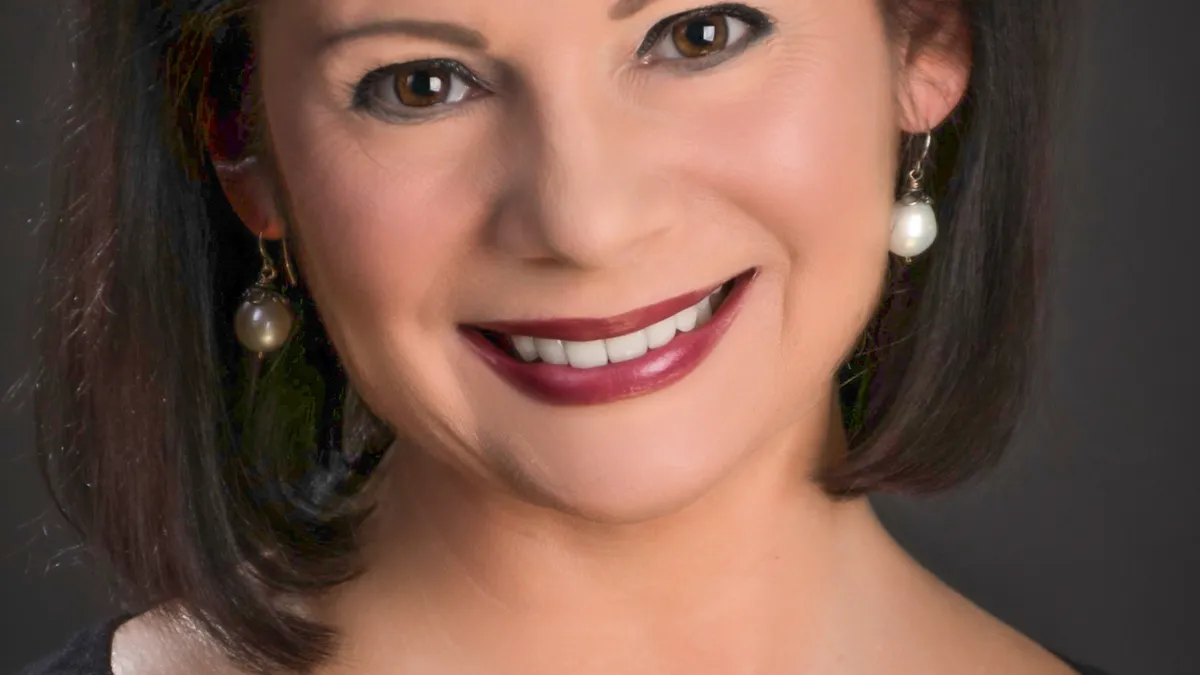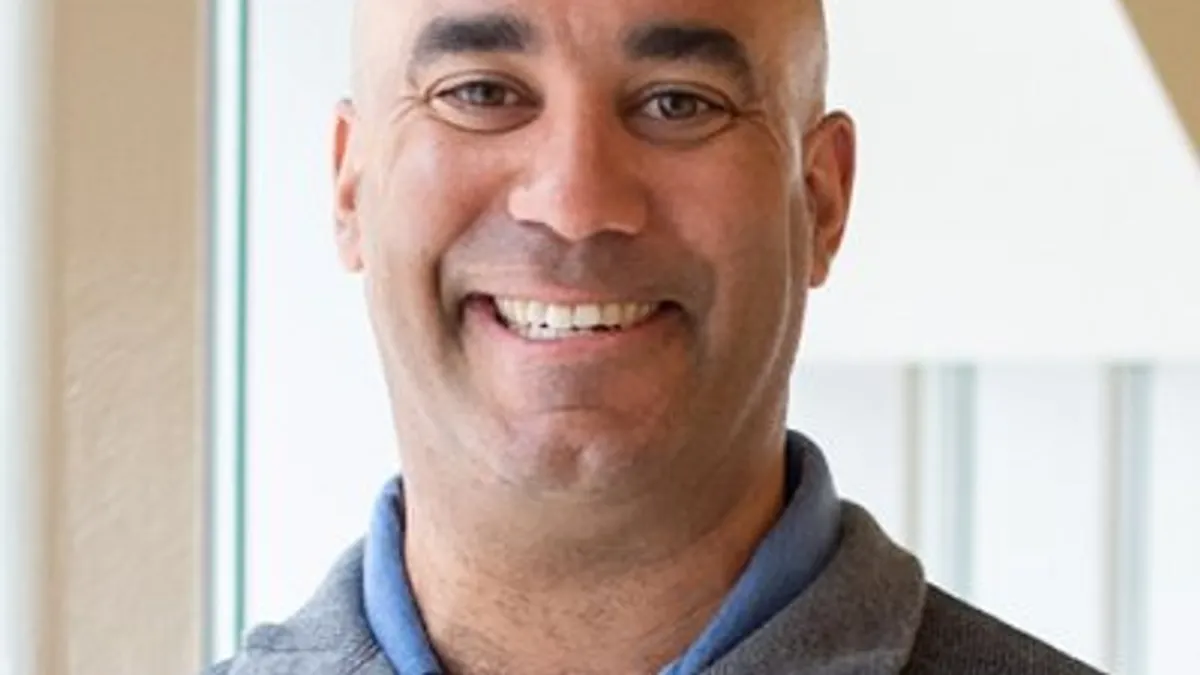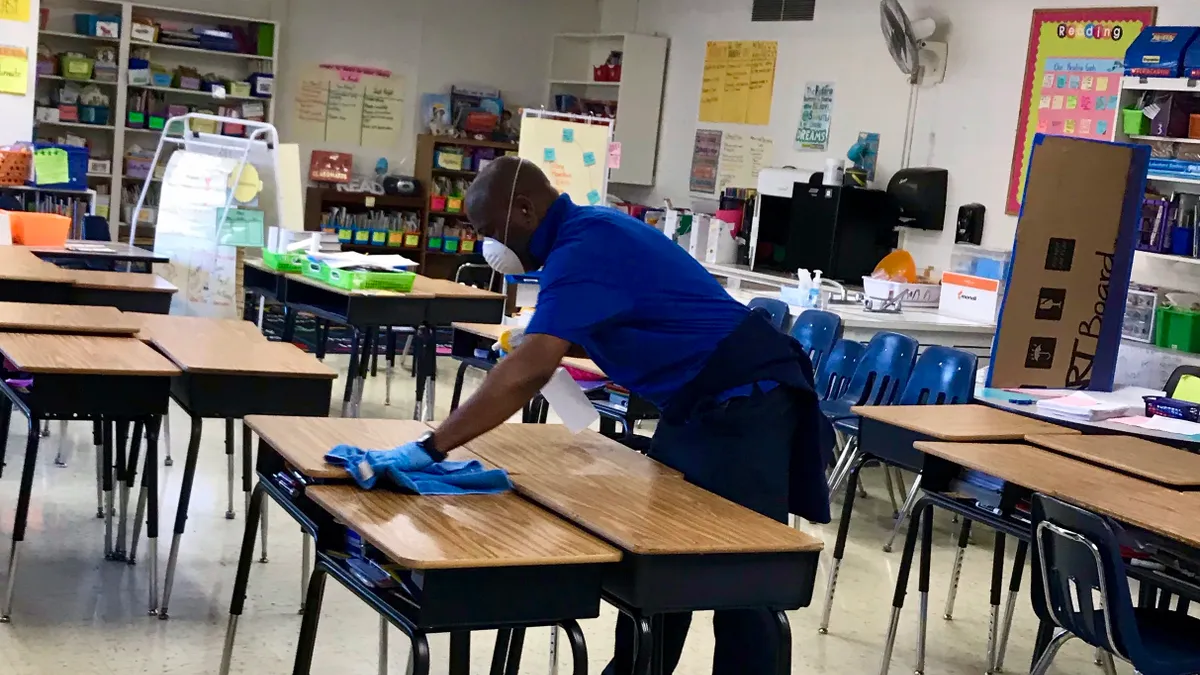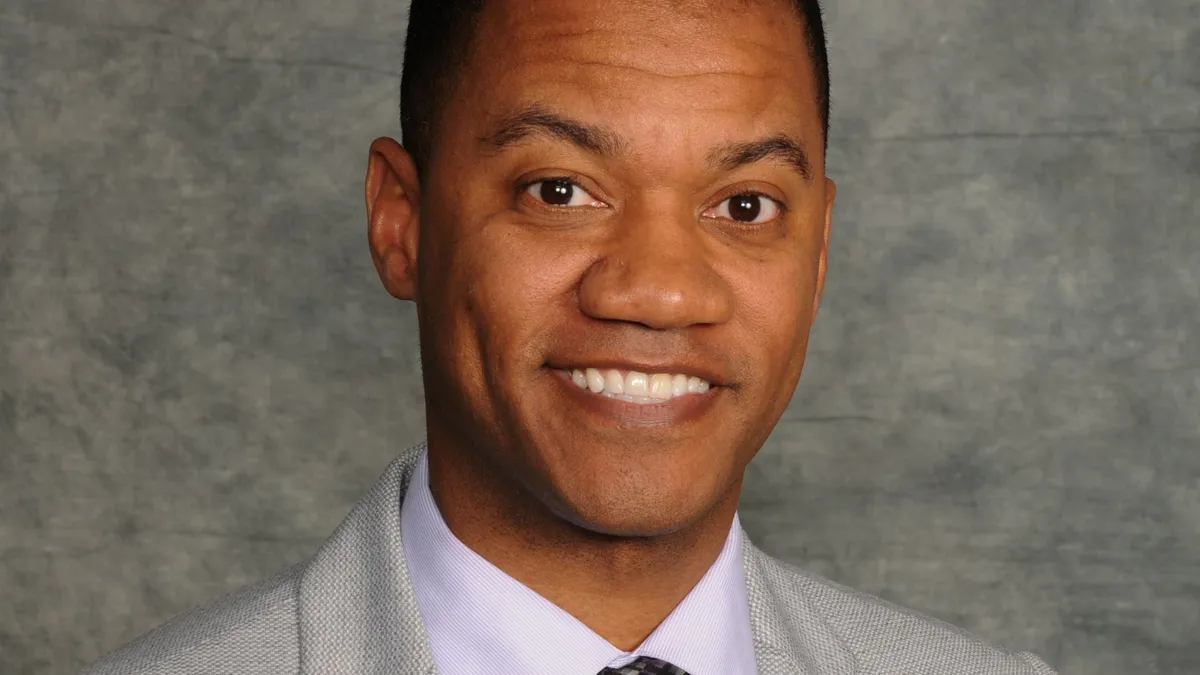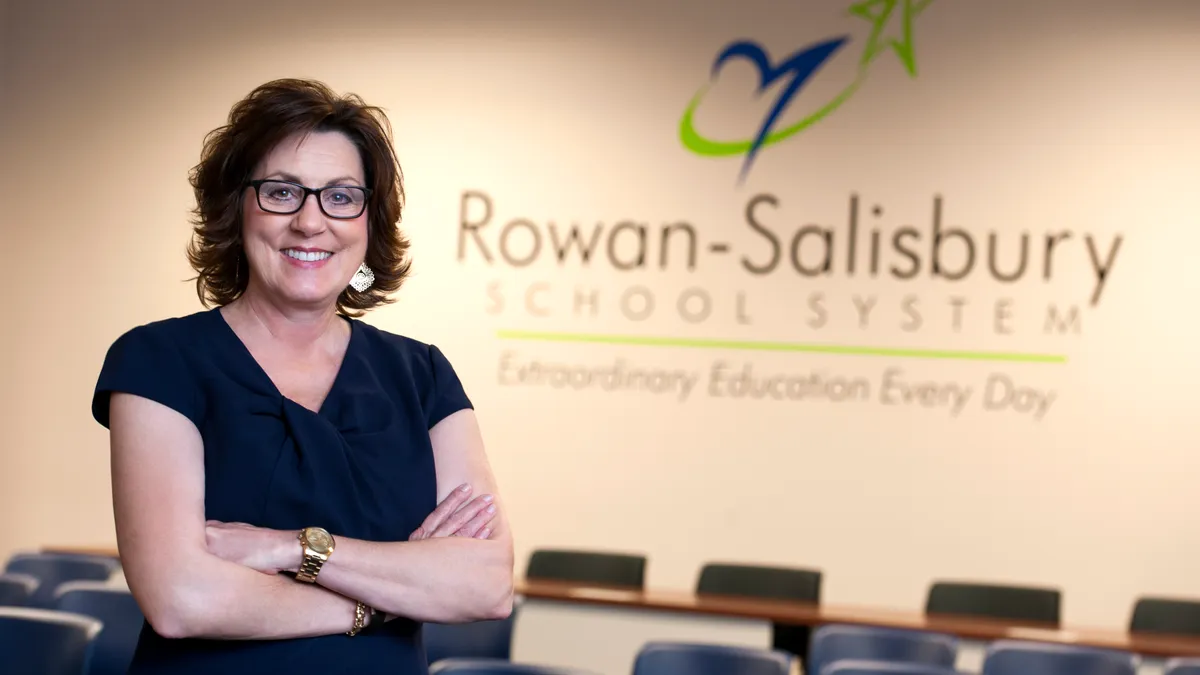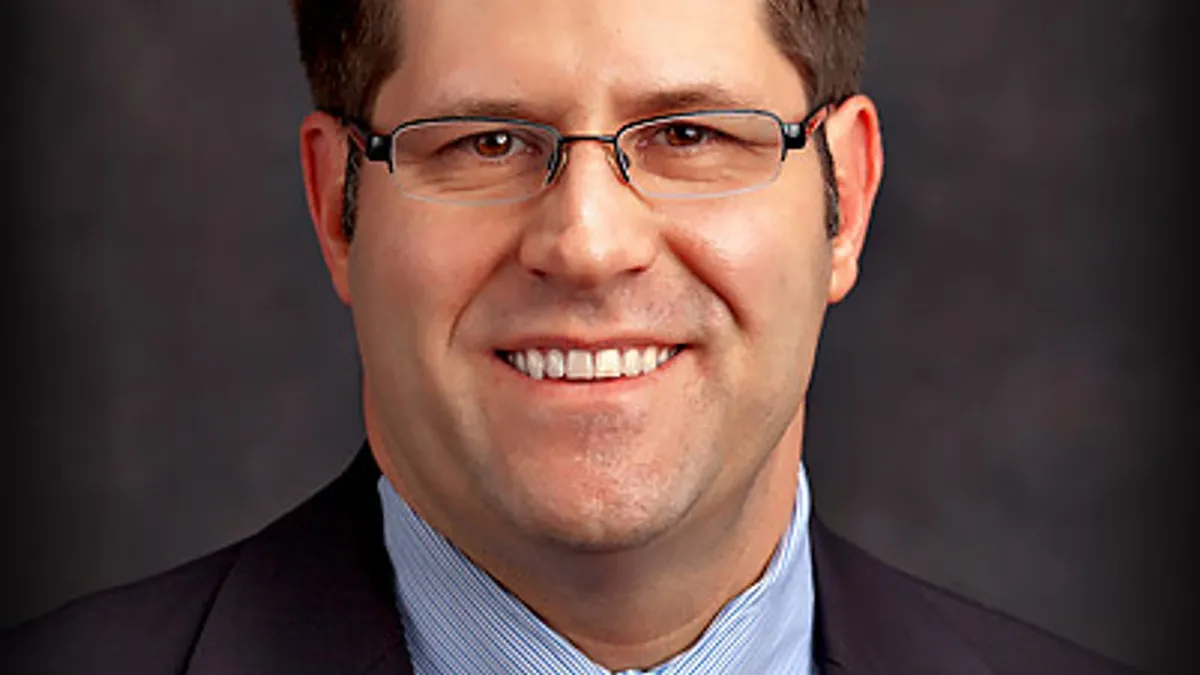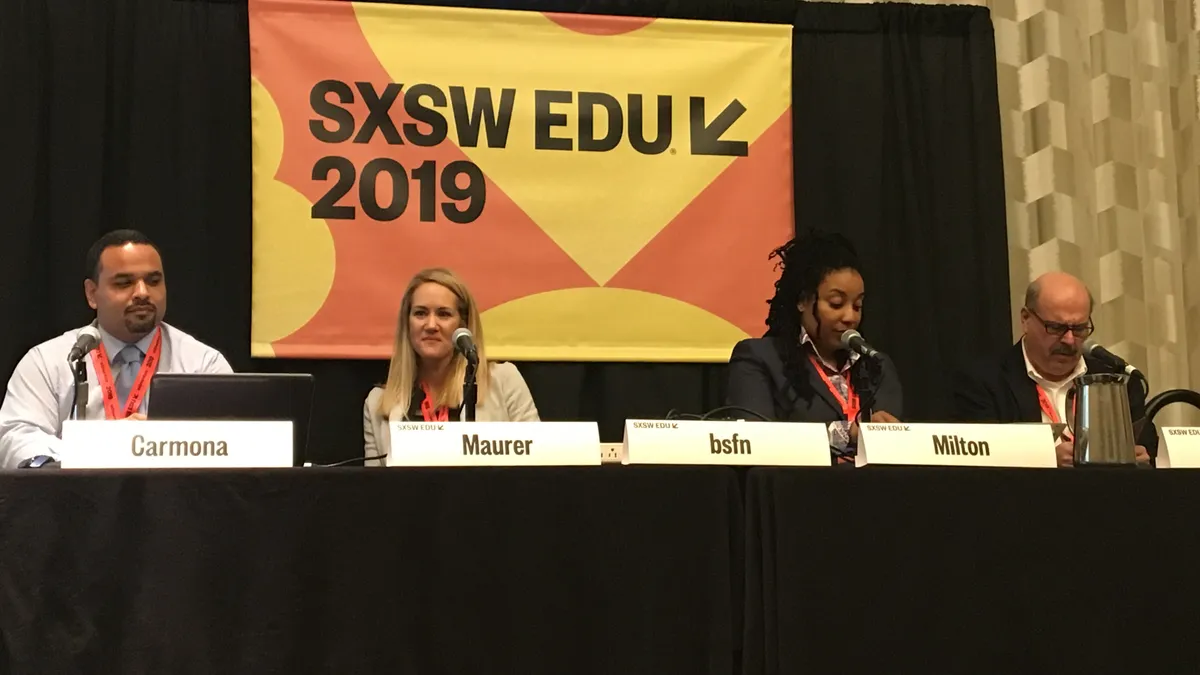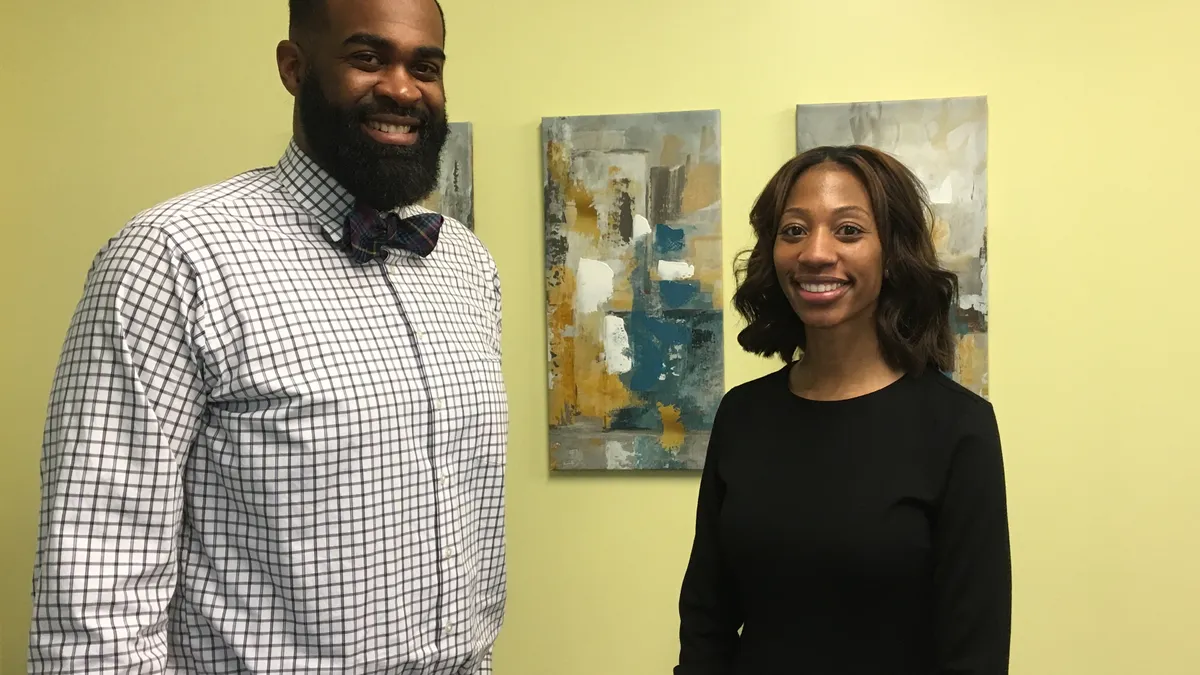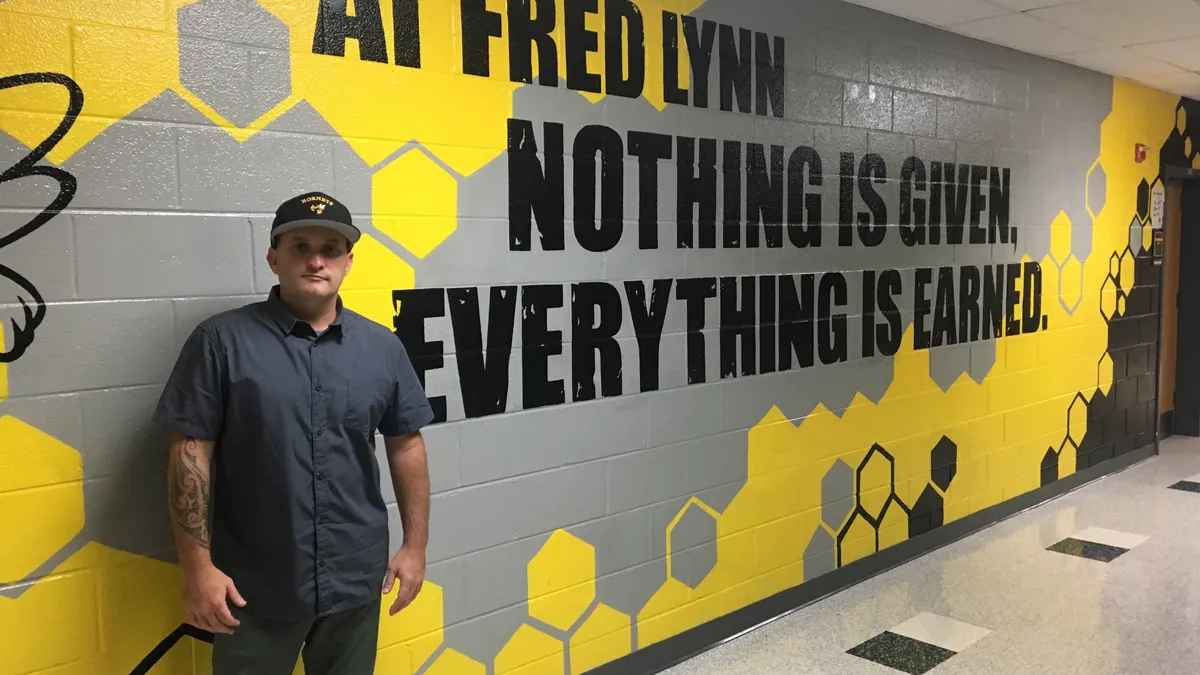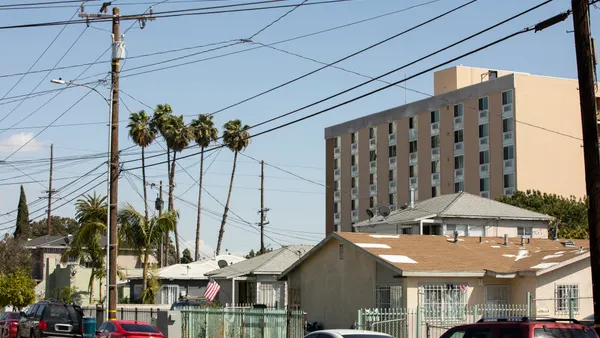Lessons In Leadership is an ongoing series in which K-12 principals and superintendents share their best practices and challenges overcome. For more installments, click here.
Less than a year into becoming superintendent of the 92,000-student Denver Public Schools, Susana Cordova has already faced a number of significant challenges — the most prominent among them being a three-day teacher strike.
Having been a student and parent in the district in addition to building her career as an educator there, Cordova credits that experience with helping her navigate the ins and outs of her leadership role.
"Particularly as a first-generation college graduate in my family, there is no way I would be in this position if it were not for the opportunities I've had in our district," Cordova told Education Dive. "And I don't think I'm particularly exceptional. I think I had very good opportunities that unfortunately not enough of our kids get, and I am incredibly motivated to change that."
Over the course of our conversation, Cordova shared her lessons learned from the strike, juggling the need to innovate with accountability, and the urgency to build out a strong leadership pipeline.
Editor's Note: This interview has been edited for brevity and clarity.
EDUCATION DIVE: In the past, you've cited the importance of improving community engagement with the district. What are some of the ways larger districts like Denver can do that?
SUSANA CORDOVA: Denver is really uniquely positioned — like big city, small town.
We have built out a schedule for community engagement that goes deep into a region every three weeks throughout the course of the year. It gives me an opportunity to see multiple schools in the same region, to attend parent meetings, to have check-ins with school leaders … and ultimately to get a picture and a sense of what are the things that are going really well, what are the places we need to lean in on, and more opportunities to interact with folks.
That's one of the ways we're working on doing that. The other thing that it's really important to do is to take a listening stance as much as possible and to create space for communities to truly come to the table around school improvements that they are deeply invested in.
We have some expertise, but the folks who live in a neighborhood know the neighborhood a lot better than I will know it. I live in Denver, and I know my neighborhood really well, but I don't know every neighborhood really well. I think it's really incumbent upon our community to be able to voice their thoughts, concerns and considerations when it comes to the schools in their neighborhood.
One of the challenges you faced early on as superintendent was a teacher strike. What advice would you give superintendents facing a similar scenario, and what lessons did you learn from the experience?
CORDOVA: This is really influenced by my long tenure in the district. I have huge respect for our teachers. All of my closest friends are teachers in Denver Public Schools. I'm starting my 30th year in DPS, and you can't be 30 years in a place without having deep, meaningful relationships across the system. So I never took it personally.
Certainly one of the big problems that we have in Colorado is we don't fund our schools well enough. At the negotiating table, I said multiple times, "Good people can share similar goals and have very different ideas about how to get there. And that's OK.”
Part of the work of negotiating is to trade ideas, to listen, and to get to consensus about the pathway forward. My advice would be stay positive, stay focused and listen as much as you advocate, because ultimately every negotiation ends with a deal. Even when there's a strike, it ends with a deal.
A recent report about former staffers from the district’s Imaginarium office suggested bureaucracy and focus on test scores stifled innovation work. What kind of pressure do you face to help schools balance the need to innovate with accountability burdens coming from the state and federal levels?
CORDOVA: I'm very proud of the innovative work that we've been able to do, both with support like the Imaginarium provided as well as with innovations that were happening in lots of different departments and schools. It is really important that we're always looking at how do we both scale the most effective practices as well as create space for new learning to happen.
What I think is most important for our schools — as we're thinking about the kind of rapid improvement we need for our students — is when we know that there is a very effective practice that's research-based, and that we're seeing the evidence of improvements, we need to be able to scale that, adopt it and ensure as many kids as possible get the benefit of the hard work that goes into that learning.
At the same time, I think it's really important that we also create space for new learning to take place. It can feel really hard to balance both of those things at the same time, but I deeply believe we have many schools that are doing wonderful work that truly is very innovative and getting great results.
And we also have to have the discipline to say, when we're not getting results, “How do we stop and shift to something that we believe will have greater promise?”
I've read your approach with struggling schools is to always look at closure as the last option. When you're working with a struggling school, what are some of the first steps that school should take in trying to turn itself around, especially given the range of socio-economic factors that can also be difficult to address?
CORDOVA: The most important thing we can do anytime we have a school that is struggling with low performance is have an honest and open review of the data. This is not to blame people. It really is just to say, "What is the actual reality of what's going on in our school at this time?”
As you said, there are lots of different reasons. Sometimes, the most struggling schools have the highest concentration of kids who are learning English as a second language or have very high numbers of students with special needs. Sometimes it’s that they have very high numbers of novice teachers or high leader and teacher turnover. All of those things go into what we need to look at as we think about the improvement planning.
One of the things we have learned and that we really focus on is when you're in a struggling school, you need additional resources. A lot of times, we think about those additional resources as strictly financial, but we've really learned that in addition to [those] and a high-quality plan for that, there are hidden resources that we don't always think about.
One of the things I tell my team all the time is when you get a list of seven schools that call in and need something done, somebody is going to be No. 1 on the list and somebody's going to be No. 7. We've really pushed our teams hard to say that when we have struggling schools, we need to support them so they jump to the top of the list, because every minute a principal at a school spends on something like “the faucet in my bathroom isn't working” is a minute they're not spending on instruction in the classroom.
You mentioned high leader turnover. The average tenure for a lot of school and district leaders, as you know, is somewhere in the three-to-five year range. How important for you is it that the district has a leadership pipeline built-in for building people into those roles and retaining them?
CORDOVA: It's hugely important. We've been really fortunate. We've had significant support from philanthropy to help us work on this. We had a big Wallace Foundation grant where we really kind of rethought what it means to become a leader in our organization.
We do a lot more work, tarting with our teachers and thinking about what it means to be a teacher leader, what it means to be a teacher leader who stays in the classroom, what it means to be a teacher leader who has aspirations to move outside of the classroom, what the first opportunity to lead a team looks like, and what it looks like your first year as an assistant principal.
When people are ready to become principals, we really emphasize the use of principal residents, where we have a sitting principal and a resident who's learning from that principal. They get an opportunity [to lead when] the sitting principal leaves the school for two weeks in the middle of the year. So the resident principal has the opportunity to actually lead on their own and do it in a place that's much more supportive, where they can get lots of coaching and feedback, and where the long-term principal will come back and be able to help put that learning experience into context.
We've done a lot more promoting our leaders internally, particularly residents, when we know somebody's gonna retire. It's just made for much smoother transitions in our district. It really makes a huge difference.








